From Olio to Kitche, food waste apps are reporting a spike in demand amid the cost of living crisis. So how do these apps work? And how are they adapting to their growing number of users?
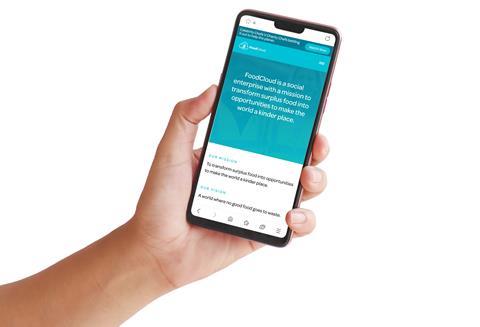
Foodiverse
Launched: 2021
Users: 650 community groups in Ireland
Business partners: Tesco, Aldi Lidl, among others
Redistribution power: Its parent company FoodCloud redistributed 39 million meals in 2021
How it works: Irish non-profit FoodCloud started out in 2012 as a student project by founders Iseult Ward and Aoibheann O’Brien. While at Trinity College, Dublin, the pair would visit the local market every Wednesday and Saturday, collecting excess food for charity.
Last year, they developed Foodiverse, an app to redistribute retailers’ surplus stock to community groups and charities. Today, the app connects over 500 Irish supermarkets with surplus food – including Tesco, Aldi, and Lidl – to 650 local community groups. The platform allows retailers to upload details of their surplus for local community groups to collect on a daily basis.
The app isn’t just proving useful in Ireland – it has now expanded to the UK, Slovakia, and the Czech Republic.
Across those countries, FoodCloud redistributed 39 million meals in 2021, equivalent to saving 50,000 tonnes of CO2. That’s a 25% increase on the 31 million meals in 2020.
Those redistribution efforts don’t entirely rely on the app. FoodCloud also has three warehouses that redistribute surplus food from the supply chain to its community groups all over Ireland.

Olio
Launched: 2015
Users: 6.3 million globally
Business partners: Tesco, Iceland, One Stop, Pret a Manger, among others
Redistribution power: Looking to redistribute 200 million meals with FareShare by the end of 2022
How it works: Olio’s premise is to connect neighbours through surplus food.
Its army of more than 50,000 trained volunteers – also known as ‘food waste heroes’ – collect surplus stock from Olio’s raft of retail partners They take the items back home and list them on the app for people living nearby to pick up.
It doesn’t just rely on the input of volunteers and businesses. Anyone can list goods on the app for another user to pick up – whether a bumper harvest of courgettes in the garden or a leftover loaf of bread. Household items can be redistributed too.
The prime aim is to create “zero food waste locations”, says Olio, as it aims to build a more sustainable future.
Olio’s growth has been strong, with food listings on the app up 53% in July compared with a year ago.
Even the speed at which people are requesting the food has gone up. Fifty per cent of food listings were requested within 25 minutes during the first half of the year – 21% faster than in 2021.
According to Olio, users who requested food saved an average of £54 in July.
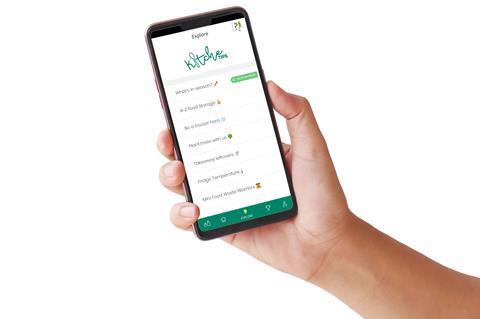
Kitche
Launched: 2019
Users: 45,000
Business partners: Supermarkets, London Borough of Bexley Council, Buckinghamshire Council and Essex County Council
How it works: Kitche provides users with a swathe of in-app tools to help defeat waste at home, all focused on its key principle: “helping people eat what they buy and buy what they eat”.
The app was founded by Alex Vlassopulos after speaking to friends about the amount of food they threw away. It allows users to scan their supermarket receipts to keep track of exactly what they have bought.
The app will then help plan meals and suggest recipes based on what’s in the cupboards. It can also send reminders when certain foods are nearing their use-by dates.
The app has recently enjoyed a wave of new partnerships with local authorities. London Borough of Bexley Council, Buckinghamshire Council and Essex County Council are all promoting the service to residents via a combination of channels, including social media, websites, and local council magazines.
The results are mutually beneficial, Kitche says. The councils deal with less food waste, helping them to save money and do good for the planet, while helping to save residents money on their food bills, too.
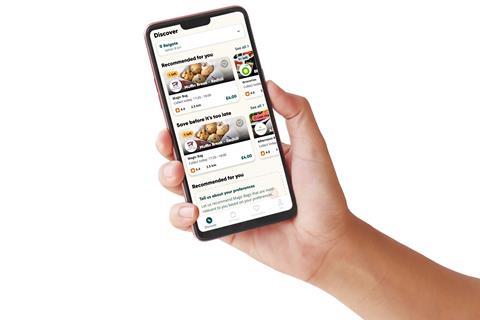
Too Good To Go
Launched: 2016
Users: 61.6 million globally, 9.8 million in the UK
Business partners: It has 22,376 in the UK and counting, including Caffè Nero, Morrisons and Spar
Redistribution power: It has sold a total of 14 million ‘magic bags’ in the UK
How it works: Too Good To Go has ‘magic bags’ at its heart. These are bundles of surplus food from shops and restaurants, packaged up into discounted bags worth at least three times their price tag, which can be picked up from stores at an allotted time.
The cost savings are a key attraction of Too Good To Go. As an added bonus, users can now track the amount of money saved with every purchase, thanks to a new app function, alongside the CO2 emissions they’ve prevented.
Its proposition is growing in popularity, with 22,376 business partners in the UK and counting, with 14 million magic bags sold.
While the app initially focused on saving food from cafés and restaurants, in recent months its supermarket bags have become far more popular – doubling in popularity every month.
Now it’s looking to expand geographically. Too Good To Go is working hard on growing its presence in Ireland following its launch there last October, which has since seen partnerships with Fresh, The Rolling Donut, O’Hehirs and The Natural Bakery.
How waste apps are evolving to resolve the food poverty crisis
- 1
- 2
 Currently reading
Currently readingFour apps battling to fight food waste and help hunger






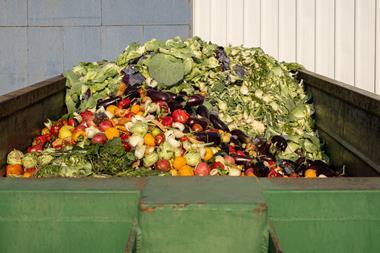
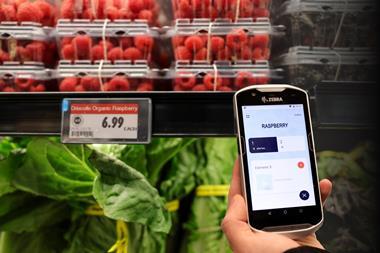

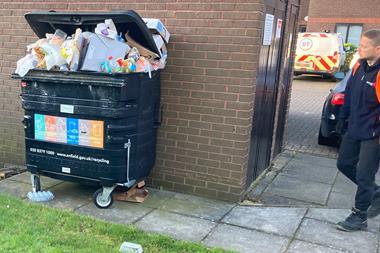
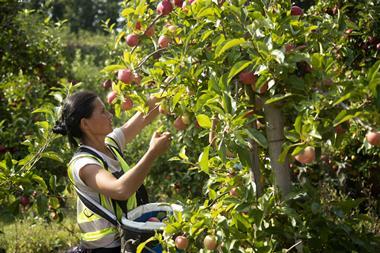
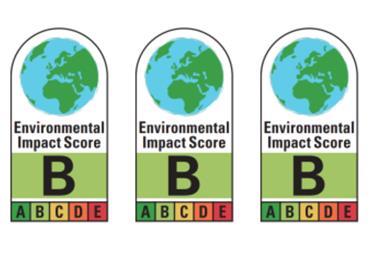



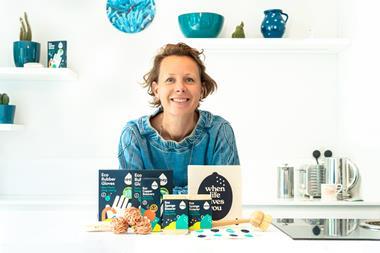
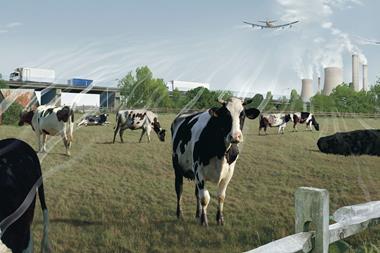
No comments yet